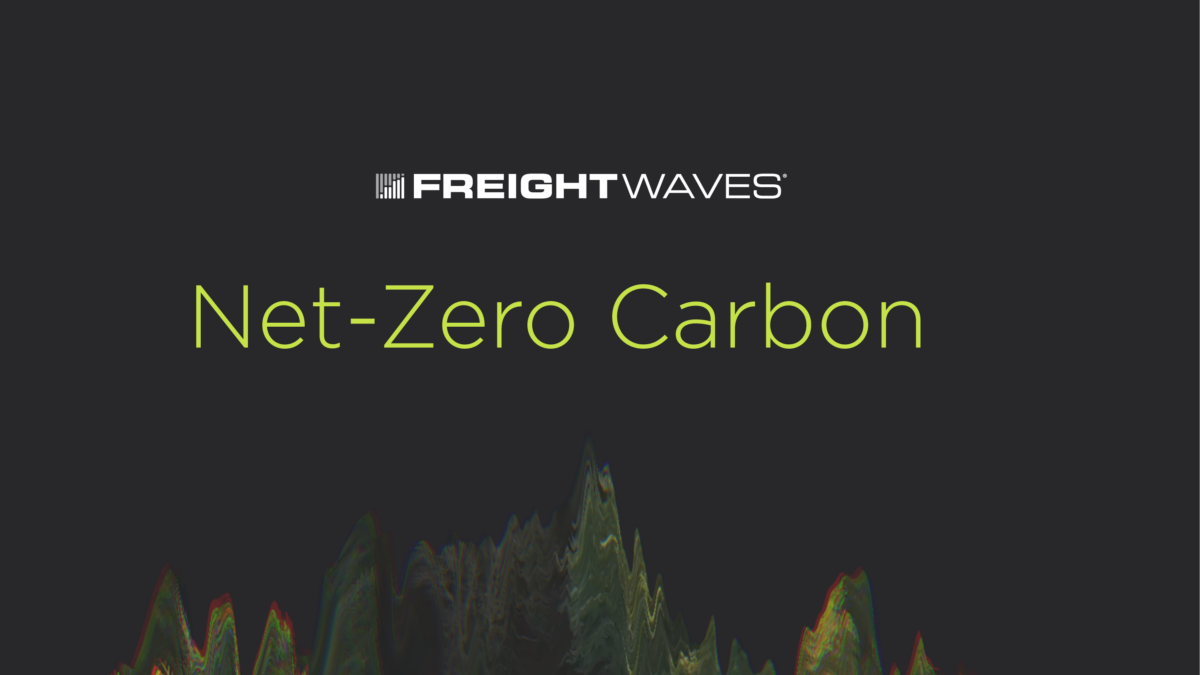On this episode of Net-Zero Carbon, Tyler Cole, director of carbon intelligence at FreightWaves, chats with Ryan Purcell, senior director of supply chain, global health and development at Coupa Software, about designing low-carbon supply chains.
Purcell said Coupa aims to help companies transform climate goals into actions. Coupa is also helping companies understand their scope 3 emissions, or emissions that occur along their supply chains and after their products are sold to customers.
Broadening the focus from solely scope 1 (direct) and scope 2 (indirect) emissions to include scope 3 emissions increases the complexity, but the industry is moving in that direction, Purcell said.
“What we’ve been hearing for the last few years with increasing frequency from our customers is the need to turn their environmental, social and governance plans and targets into operations and business decisions,” Purcell said.
Watch: Putting supply chain sustainability into action — Net-Zero Carbon
There could be a future in which companies have publicly available information about the impacts of each of their products in terms of emissions, water usage, waste, land use, location of origin and more. Purcell said some companies are trying to estimate their products’ embedded emissions to make sustainability decisions.
Logistics companies may start to include sustainability metrics such as emissions numbers in their bids for contracts, which would give potential customers more insights into their practices and values, Purcell said.
“There is no silver bullet. It’s all of us working together to collaborate and try to scale solutions,” Cole said.
Though there is no panacea, being able to track where companies are and how they progress in different sustainability dimensions can be useful and encouraging, Purcell said. As freight companies transition to zero- and low-carbon fuels, the industry is heading in the right direction.
“Efficiency is the place to start. Look for opportunities to collaborate,” Purcell urged.
The two said the transition needs to happen quickly. Implementable, plausible, economically feasible solutions that reduce emissions need to be explored and deployed this decade. But many experts agree that companies will not shift fast enough without support from all sectors and governments.
“Private-sector innovation on its own is not going to get us out of the hole we’re in right now,” Purcell said.
Cole said: “I totally agree. Smart policy is going to be an accelerant for a lot of this change. … We’re laying the groundwork for what’s going to change in this sector, and it’s a really exciting time to be involved.”
Companies need to start thinking about how this sustainable transition will impact their business if they want to “stand the test of time,” Purcell said.
View all of FreightWaves’ Net-Zero Carbon episodes and sustainability stories.
Related Stories:
Report: Zero-emission truck deployment ‘quite low’ but ramping up
World’s busiest trans-Pacific shipping lane targeted as green corridor
The good, the bad, the promising sustainability developments
2022 may be pivotal year for California’s green rules for trucks










